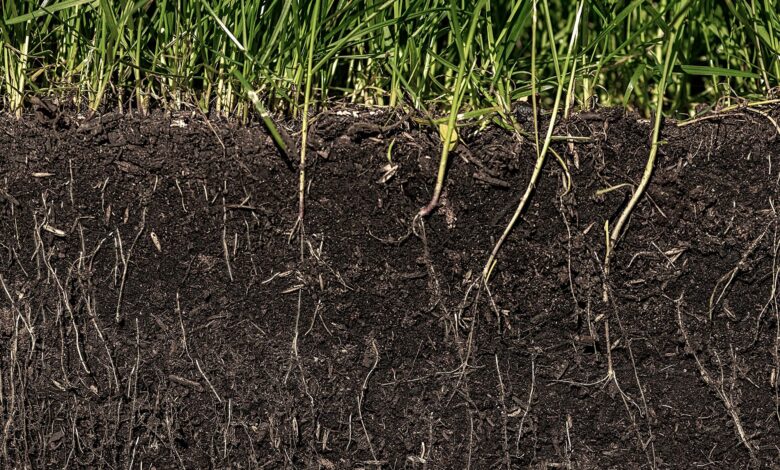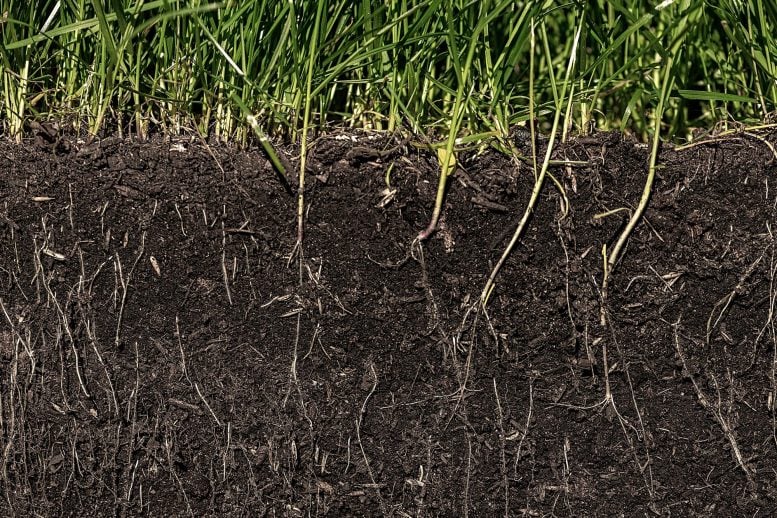The Surprising Way Climate Change Could Make Soil More Toxic


The Minamata Convention on Mercury aims to reduce global mercury emissions, but a recent study suggests these efforts may not be enough.
Researchers found that soil holds far more mercury than previously estimated, particularly in plant-dense areas and regions with permafrost. As climate change promotes vegetation growth, this could lead to increased soil mercury levels, potentially counteracting global reduction efforts.
The Minamata Convention on Mercury
In 2017, the Minamata Convention on Mercury went into effect. It was designed to help curb mercury emissions and limit exposure across the globe. However, a new study of mercury levels in soil suggests that the treaty’s provisions might not be enough.
The study, published today (August 14) in ACS’ Environmental Science & Technology, estimates that soil stores substantially more mercury than previously thought, and it predicts that increases in plant growth due to climate change may add even more.
The Persistent Nature of Mercury Pollution
Mercury is a persistent environmental pollutant, moving through air, water, and soil, and accumulating within plants and animals. Soil is the primary reservoir for mercury, storing three times the amount found in the oceans and 150 times the amount found in the atmosphere.
Typically, the heavy metal naturally moves through these reservoirs, but humans have altered this cycling. Human-caused climate change increases carbon dioxide levels, promoting vegetation growth and most likely depositing more mercury in the soil when the vegetation decomposes.
Previous studies on soil mercury levels have mostly focused on small, regional scales. But Xuejun Wang, Maodian Liu, and colleagues wanted to develop a more accurate, worldwide model of soil mercury levels that could take into account the effects of a continuously warming climate.
The Study’s Comprehensive Global Approach
The team began by compiling nearly 19,000 previously published soil mercury measurements, producing one of the largest databases of its kind. The dataset was fed into a machine learning algorithm to estimate the global distribution of mercury in both topsoil and subsoil.
They found that the total amount of mercury stored in the first 40 inches (around 1 meter) of soil is approximately 4.7 million tons. This value is double what some previous estimates concluded, though some of those studies accounted for a shallower depth of soil.
The team’s model identified the highest levels of mercury in plant-dense areas such as low latitudes of the tropics, but also in permafrost and areas with high human density. Conversely, bare land such as shrubland or grassland had relatively low levels of soil mercury.
Climate Change’s Impact on Soil Mercury Levels
To understand how climate warming could affect mercury soil levels, the researchers combined their initial model with datasets of environmental factors representing future climate scenarios. Their model predicts that as temperatures increase around the globe, vegetation growth will be promoted as well, which could raise soil mercury levels in turn.
This symbiotic effect would outweigh the reduction efforts proposed by current worldwide control schemes, like those in the Minamata Convention. Though additional research and observations are needed, the researchers say that this work emphasizes the need for stricter, long-term, and simultaneous control of mercury and carbon dioxide emissions.
Reference: “Warming-Induced Vegetation Greening May Aggravate Soil Mercury Levels Worldwide” 14 August 2024, Environmental Science & Technology.
DOI: 10.1021/acs.est.4c01923
The authors acknowledge funding from the National Natural Science Foundation of China; the High-Performance Computing Platform of Peking University; the Beijing Natural Science Foundation; the China Postdoctoral Science Foundation; and the Fundamental Research Funds for the Central Universities, Peking University.
Source link



